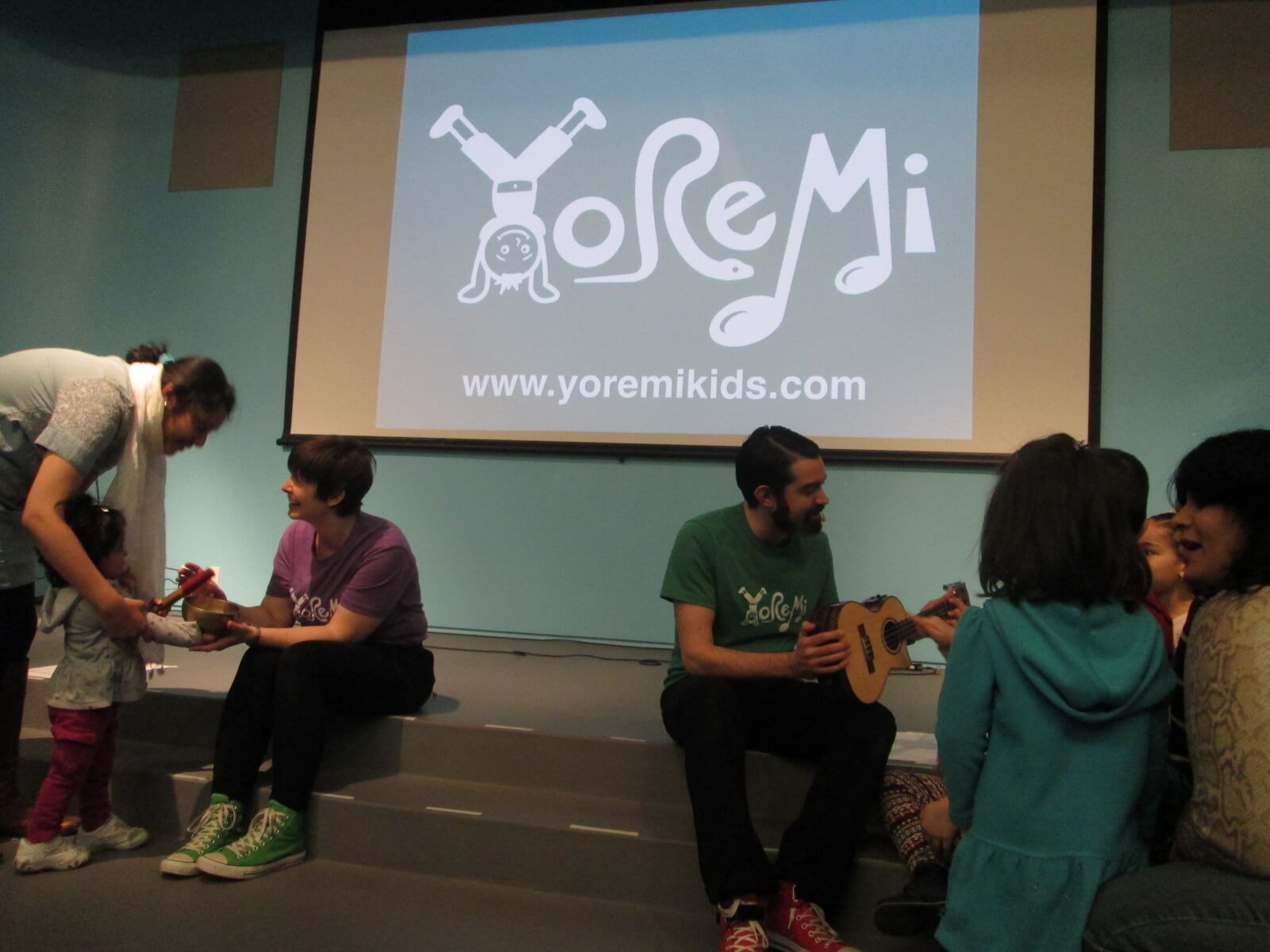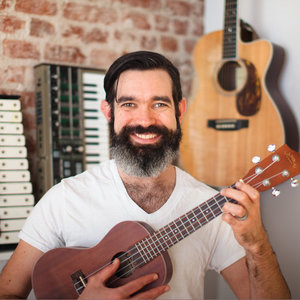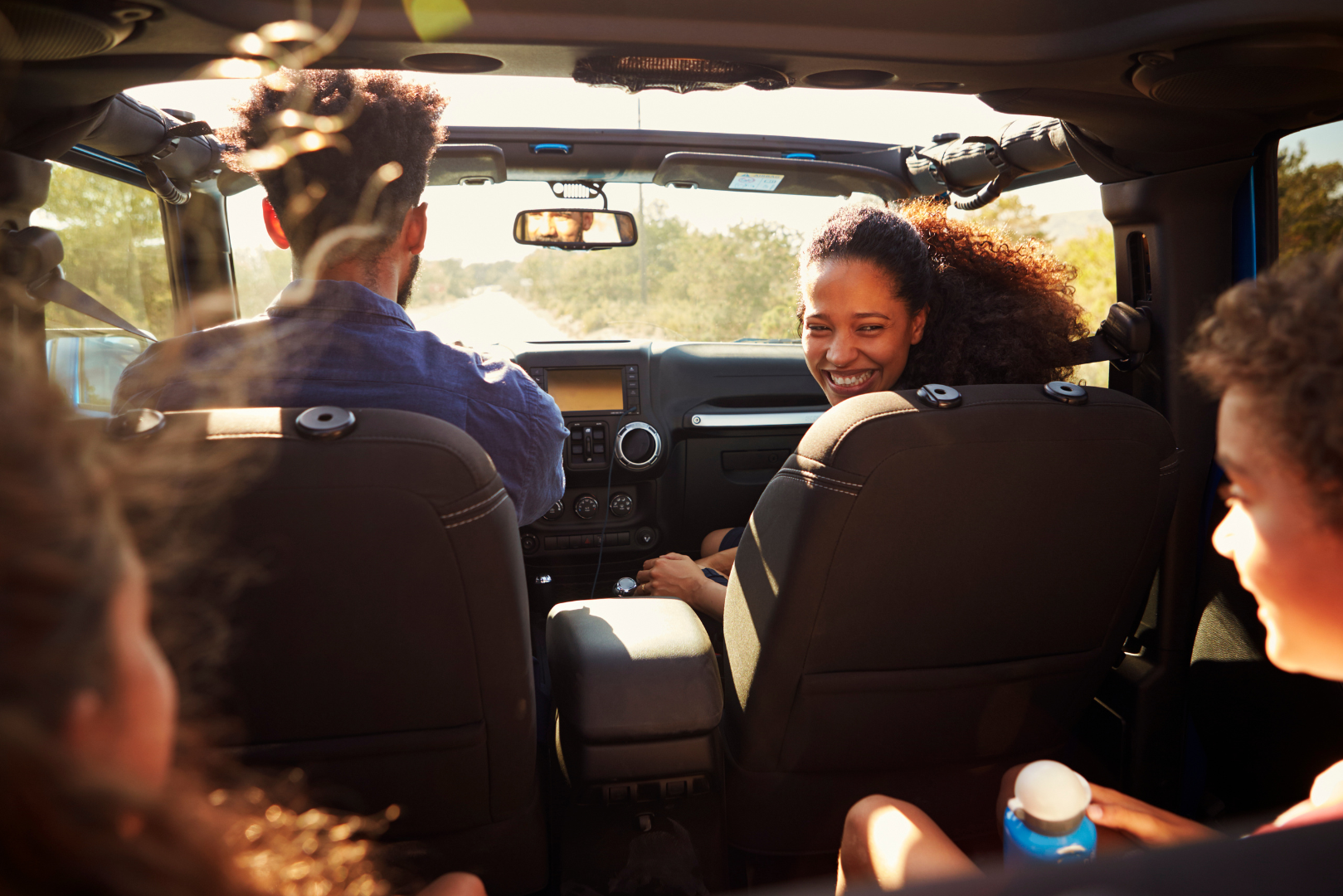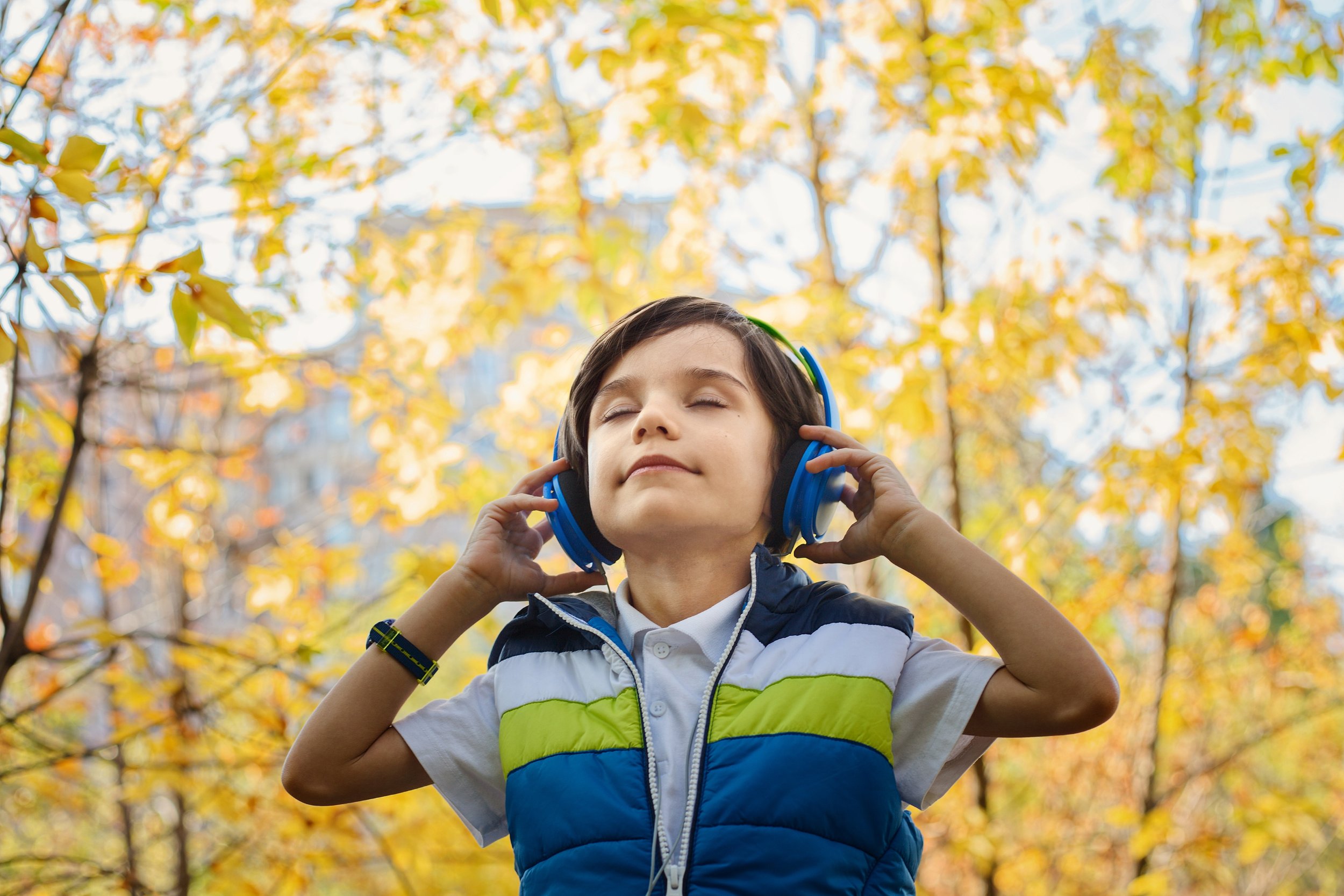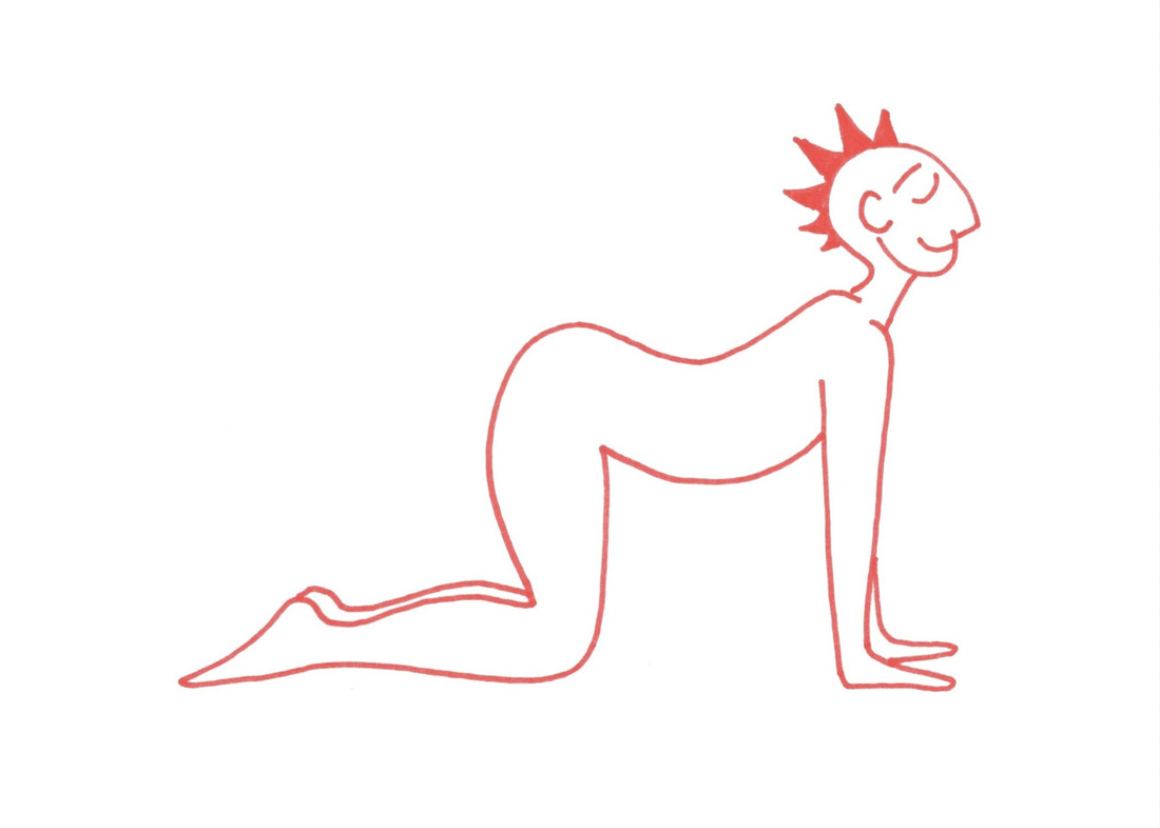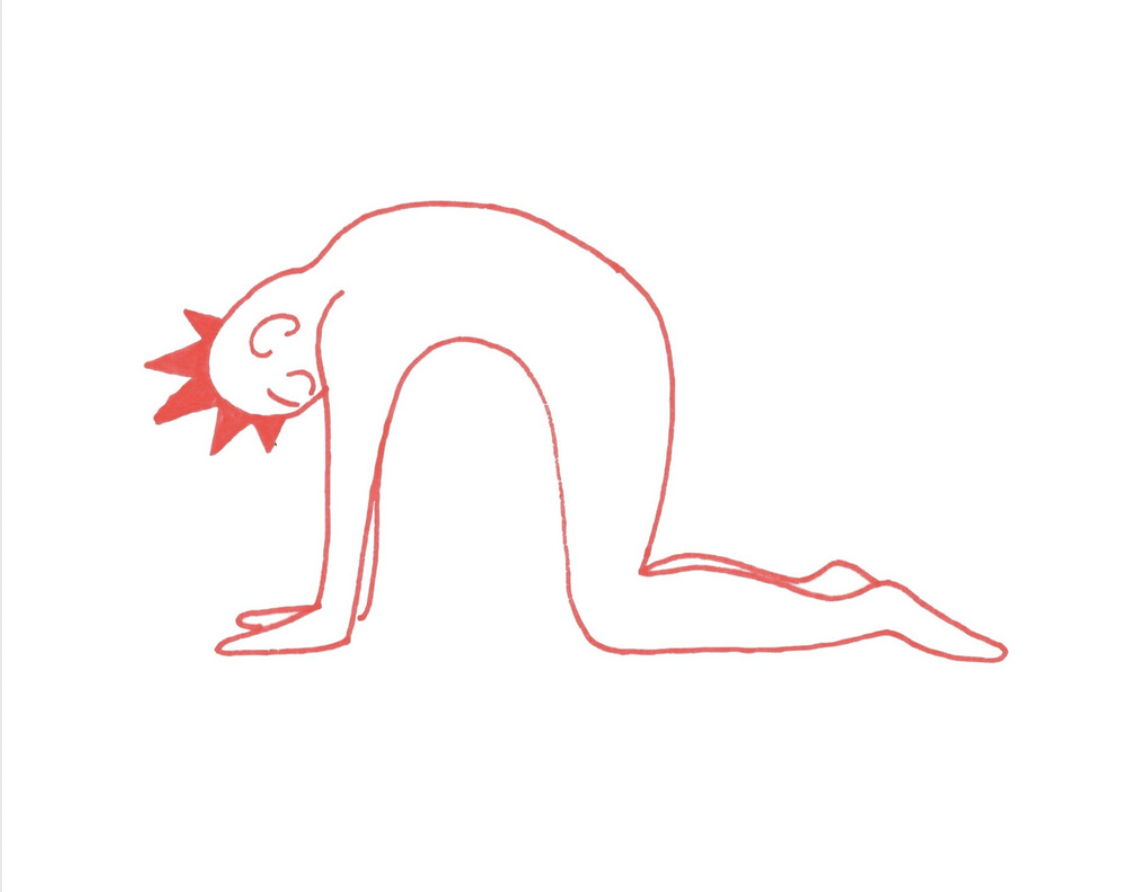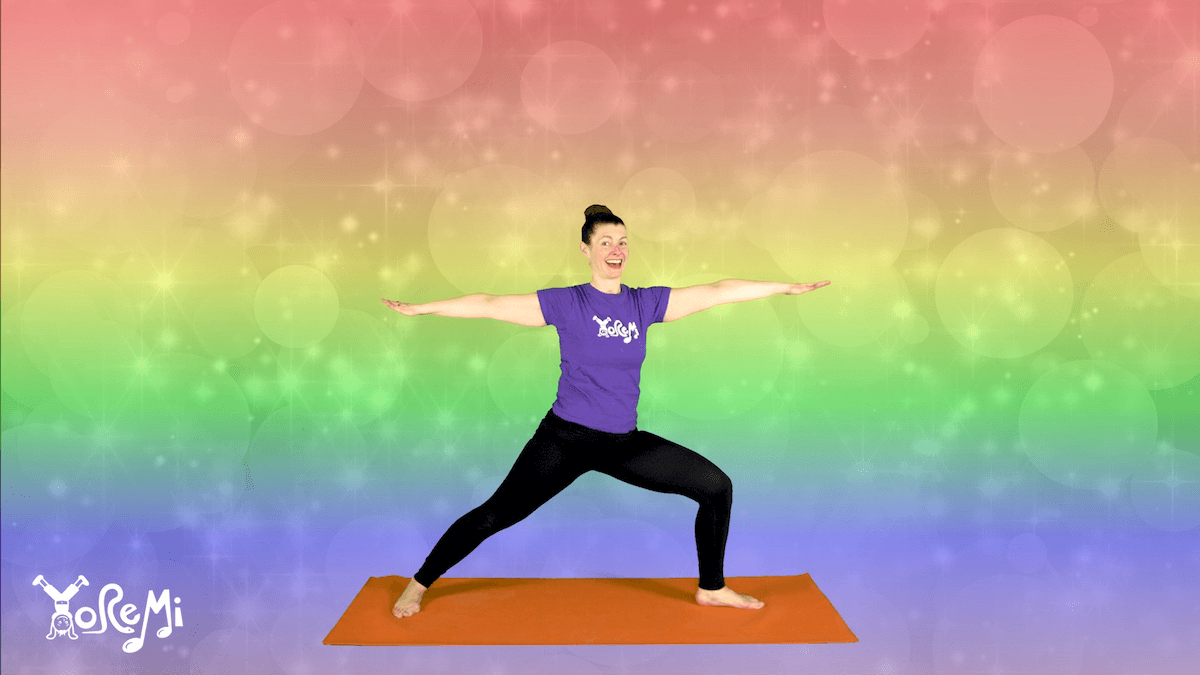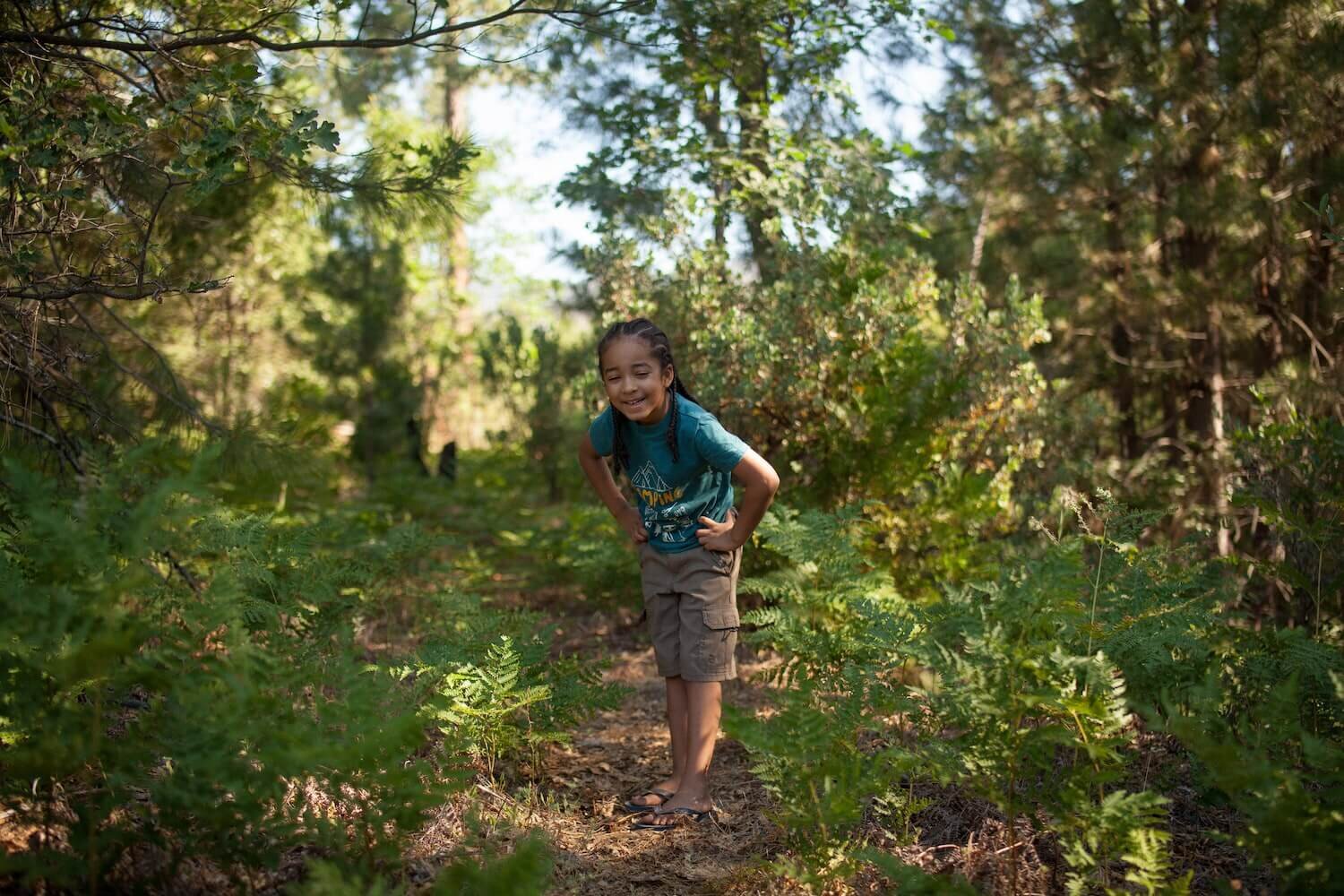Why We Use the Kodaly Method in Our Classes
It’s clear to see Yo Re Mi is a yoga program because it’s easy to notice movement. And while there’s lots of fun, original music in our classes and videos - did you know Yo Re Mi is also a class for music education?
We incorporate several effective music pedagogies, plus our own innovative elements, to create music education that starts with infants and moves through elementary grade 5.
“Often a single experience will open the young soul to music for a whole lifetime”
One approach we incorporate is the Kodály Method, developed by Zoltán Kodály (1882-1967) in Hungary. Let’s look more closely at the Kodály method in practice at Yo Re Mi.
1. The Kodály method promotes starting music education early in life.
Before becoming an international phenomenon, Kodály’s methods revolutionized music education in his own country of Hungary. After 20 years of railing against poor music education, and developing methods to improve it, Kodály’s methods began to be incorporated nation-wide in his home country.
One major change was children were exposed to music education at an early age. Beyond enhancing facility with musical concepts, such exposure is now proven to enhance abilities with reading and mathematics.
“With music, one’s whole future life is brightened. This is such a treasure in life that it helps us over many troubles and difficulties. Music is nourishment, a comforting elixir. Music multiplies all that is beautiful and of value in life.”
At Yo Re Mi, we incorporate child development into our early music education classes - exposing children at each level of development to pitch, rhythm, patterns, and vocal expression. Here’s more on our favorite kids songs for child development.
With our Body Warm-up we also incorporate the names of body parts and an understanding of where our body is in space, or proprioception, making the Yo Re Mi program great for sensory integration in children.
Try This: Body Warm-up.
2. The Kodály method has an emphasis on vocal music (singing)
What’s more universal that singing? Yo Re Mi is built on the combination of song and movement. A perfect example is our Sun Dance. For each movement, there is a simple melodic line on a major scale.
Call-and-response music for children also supports early child development - and it a classroom favorite! Check out our blog post on Ella Jenkins for fun songs to explore call-and-response singing.
Try This: Sun Dance.
3. Kodály method uses solfège to explore pitch.
The Sun Dance’s simple melody can be moved to suit any voice, high or low. The idea that a simple melody can be sung in any key is known as “movable do.”
“Do” is the root syllable of the system of pitch sounds called “solfège.” Yo Re Mi’s name is even a play on “Do Re Mi,” which are the first three syllables ascending up.
By exploring the pitches through solfège, we learn the relationships between notes, not just the notes themselves.
In solfège, the first few lines Sun Dance would sound like this:
Do, mi, sol, la, ti, do.
Hands up high, reach for the sky
Do, la, sol, fa, mi, re, do.
Bend down low, tickle your toes
Do. mi, sol, la ti, do.
Jump back quick, straight as a stick
Do, ti, la, sol—mi-re—do….
Down goes the el— e—va—tor….
etc.
Exploring solfège allows a developing awareness of the music system through ear training - without needing to understand note letters or visual placement on a musical staff. This is very helpful for young children and non-readers - western notation or musical literacy need not prevent exploration of these musical concepts.
Our song “Caterpillar, Chrysalis, Butterfly” was written to reinforce the musical phrases “Sol Mi Sol Mi” “Sol La Sol” and “Sol Mi Do".
Try This: Caterpillar
4. Kodály uses the folk tradition, heritage and culture to engage music learners.
Kodály used Hungarian folk songs to teach music. Of course, as the approach expanded past his native borders, other folk traditions became incorporated.
Inspired by this approach, Yo Re Mi classes explore cultures and traditions of the world, from the streets outside our school, to the lands of our ancestors, to the mysterious depths of the ocean and limitless possibilities of outer space.
We believe in meeting children where they are.
We don’t teach “This is the note C” to children who don’t yet know the letter C.
We do however sing in Spanish, French, Swahili, Creole, Hebrew, and other languages to incorporate where children come from into our lessons. It helps with engagement and making connections.
We also believe in practicing radical inclusion as part of mindful teaching. Singing “Guantanamera” or “Jambo” with your children, to say nothing of “Old Town Road” or “Ophelia,” might spark interest in musical concepts differently than old chestnuts like “Merrily We Roll Along” or “Hot Cross Buns.”
Read our blog post on exploring heritage for more ideas. Sharing songs in many languages, like our “Buenos Dias” song, can help build bridges within a classroom community.
Try This: Buenos Dias
5. Kodály incorporates Dalcroze Eurhythmics.
Kodály was very impressed with the movement based pedagogy of Émile Jaques-Dalcroze - and we are too (read about how we incorporate Dalcroze here)! In every class we use movement to explore pitch, rhythm volume and more.
“Teach music and singing at school in such a way that it is not a torture but a joy for the pupil; instill a thirst for finer music in him, a thirst which will last for a lifetime.”
Consider our teacher training and professional development workshops for an in-depth exploration of incorporating movement into music education for children. Our elevator game, using the slide whistle to explore pitch, is a big hit among toddlers through upper elementary!
Try this: Slide Whistle
6. Kodály approaches music education as a joyful and fun experience.
At Yo Re Mi, we play. We explore movement, music, and mindfulness through adventures. As a music education platform, that can mean inventing silly songs.
Maybe a forest adventure will explore rhythm by marching through the forest (stomping to the beat of a tambourine), stopping under a tree (tree pose, balancing for a duration) and then we’ll discover frogs who bend their knees on counts 1, 2, 3 and JUMP on beat 4 in a repeating pattern.
Maybe a child suggests the next animal, and the children collectively create a movement pattern for it. This takes an incredible amount of presence and inventiveness from the teacher, but the effect is clear: children are engaged by and responsive to creative energy. That creativity and energy is sewn into every moment of the class.
Try This: Jump In The Water
When used effectively, the Kodaly method and Yo Re Mi’s mindful approach to music education can engage children as young as infants through elementary school, providing a basic awareness of musical concepts and a foundation for further study.
Save this post for later:
Dan Costello is a professional musician, music educator and certified Children's Yoga Instructor (KAY) specializing in early and elementary education.
A music teacher for ten years, Dan has developed music education curriculum which combines movement-based activities, joyful sing-alongs, and songwriting.
Dan plays piano, guitar, clarinet, drums, ukulele, and just about anything he can find. He plays in bands and writes songs for children and adults. His favorite songs are the ones we sing together.

